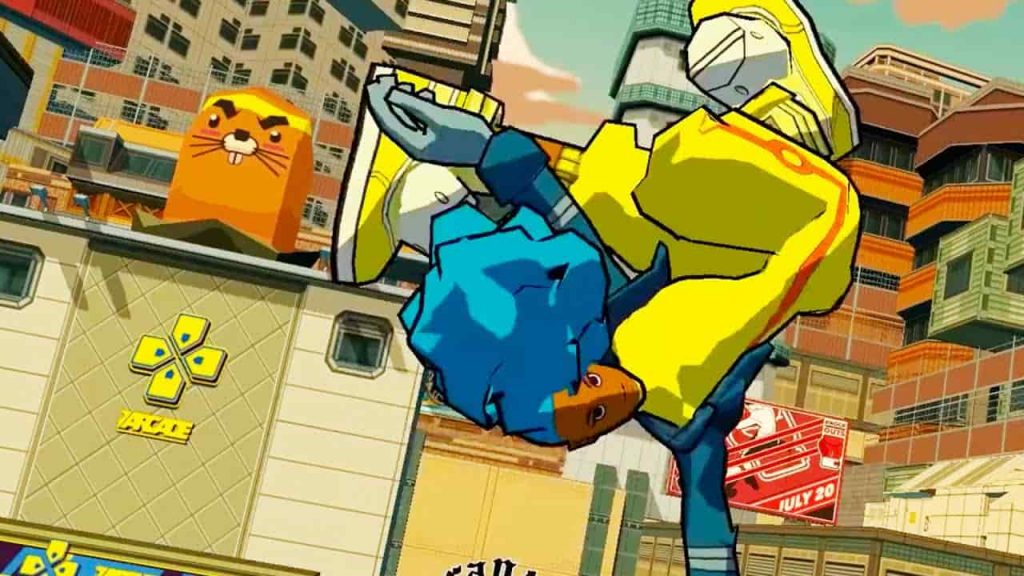

Whereas many games simplify getting around, these games make the complexity and depth of their movement systems part of the joy of playing them. There are a small group of games that hone this challenge down to the mechanics of moving around the environment.

It takes time to understand their systems, mechanics, objectives and worlds. When someone plays a game too much it’s easy to think they are taking an easy route to something entertaining, like junk food. Games offer us challenges on many levels. Games like A Short Hike, Alba A Wildlife Adventure or even No Man's Sky. Other games, like Everything and Proteus, offer a huge world to poke and prod without getting embroiled with progression.Įven games that do offer a strong sense of story and development often include post-game play or side-quest distractions that are simply there for you to spend time fiddling with rather than winning or losing. Then there are other games, like Townscaper and Pok Pok Playroom, that let you craft your own structures but with none of the usual video game emphasis on score and winning. Some games, like The Longing, Animal Crossing and Adopt Me, simple slow down the need to progress, so all you do is check-in, fiddle around with the game world and then leave. It's no surprise that there are a number of video games that have picked up on this style of play. The enjoyment comes from doing something that isn't learning or achieving anything. While that initial trend subsided, the interest and enjoyment of tactile objects to fiddle with are very much with us.įidget toys are like the yo-yo or Rubik's cube but without the focus on skill. In video games, we step into other bodies so we can better understand our own and those of the people around us.įidget spinners burst into the hands of children a number of years ago. In travel, as Andrew Soloman says, we go somewhere else to see properly the place where we have come from. More specifically, to use body therapy language, games offer us a chance to discover the inviolability of our bodies, personal autonomy, self-ownership, and self-determination.

Whether this is into the awkward teenage years of Mord and Ben in Wide Ocean Big Jacket, the grandparent-escaping Tiger and Bee in Kissy Kissy, the fractured heartbroken body in Gris or the haphazard movement of Octodad we have a chance to reassess our own physicality and how we respond to and treat other people's physicality. Stepping into the shoes of a vulnerable, small or endangered character can help us understand for a short while some of what it is like to be someone else. This is not only an enjoyable way to escape the reality of daily life but a chance to reflect on and understand ourselves, and our bodies, better. Whether we step into the powerful frame of a trained marksman or brave adventurer, while we play we have a different sense of our physicality. Video games offer an opportunity to inhabit another body.


 0 kommentar(er)
0 kommentar(er)
